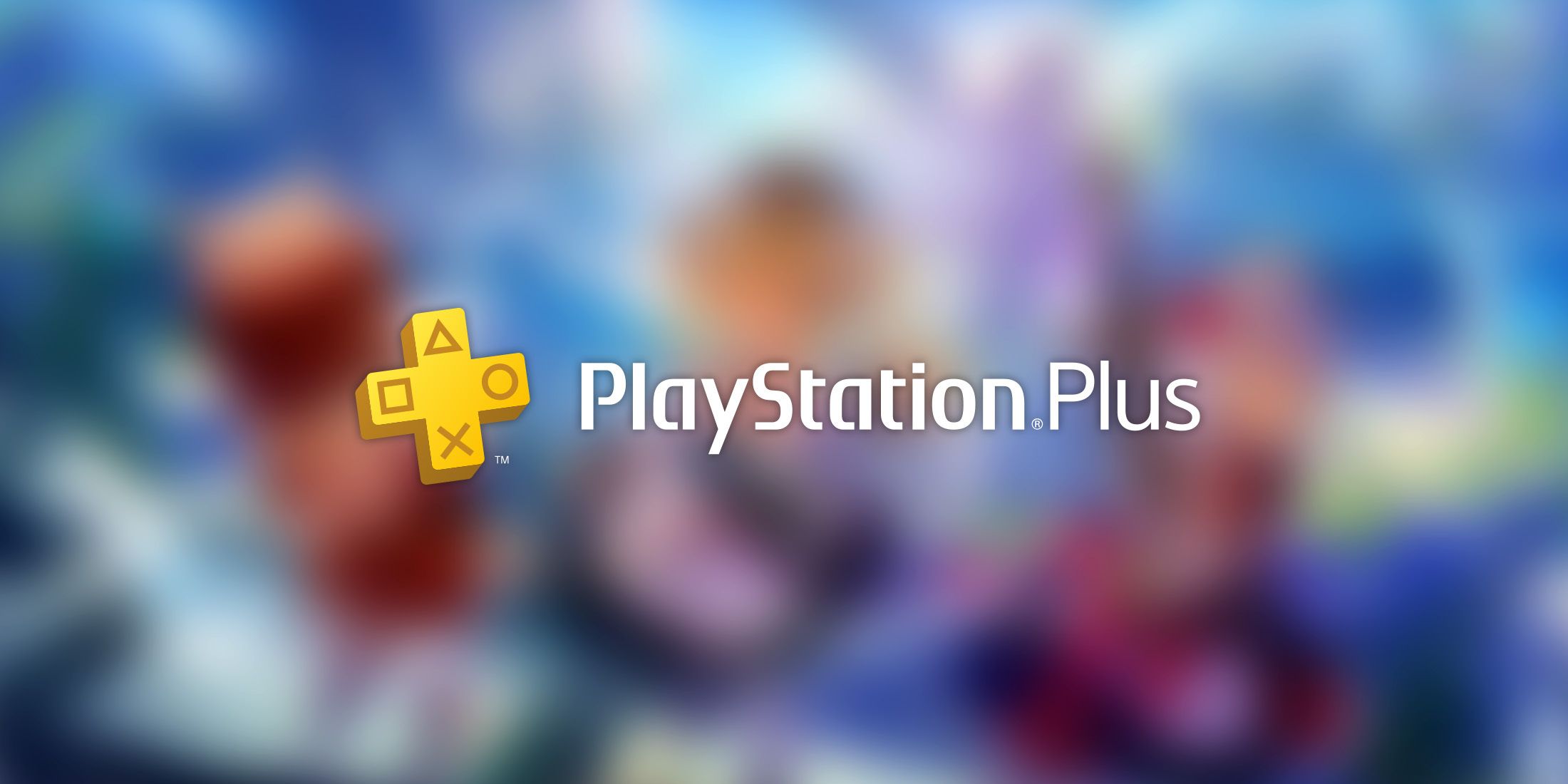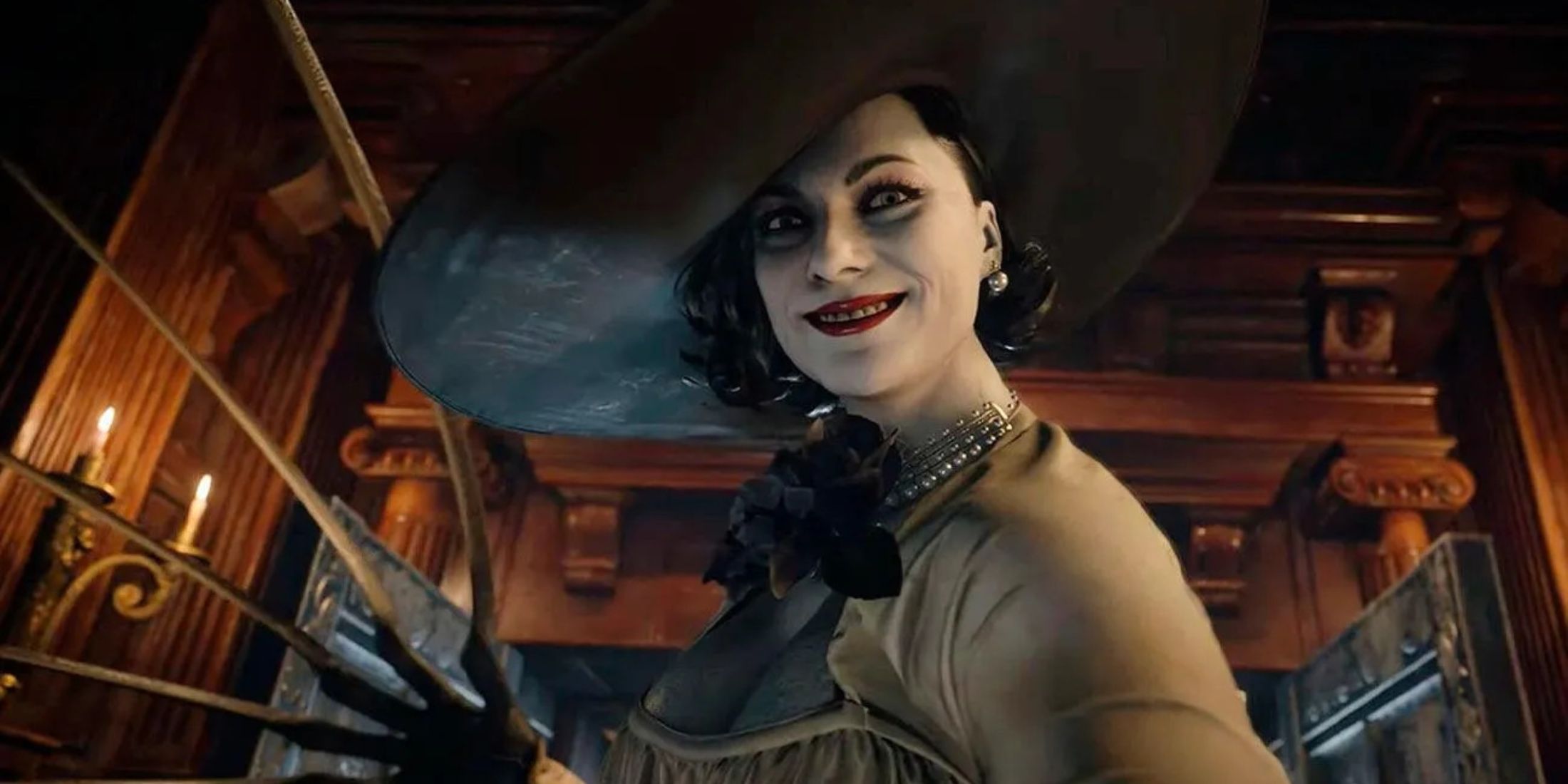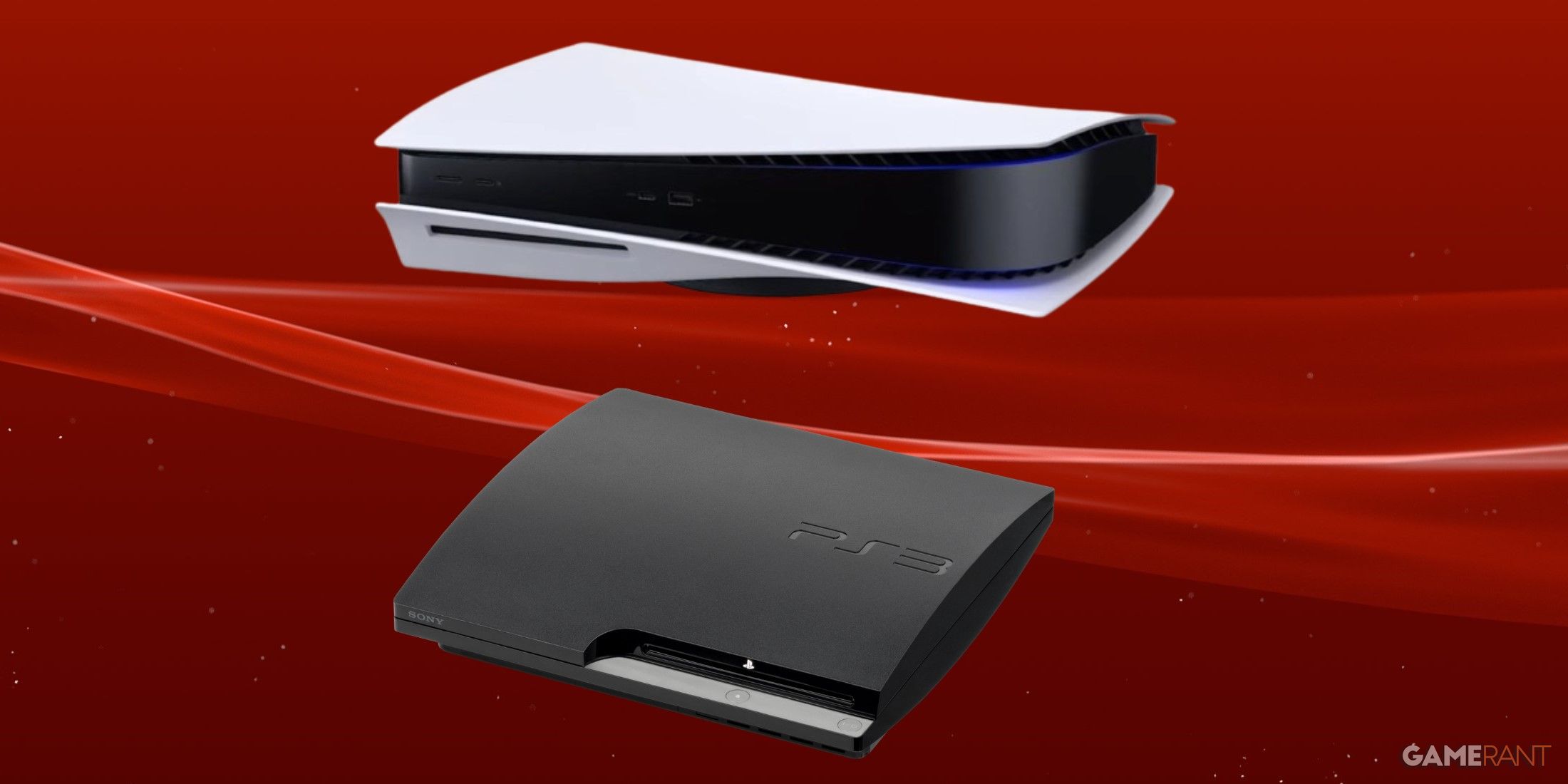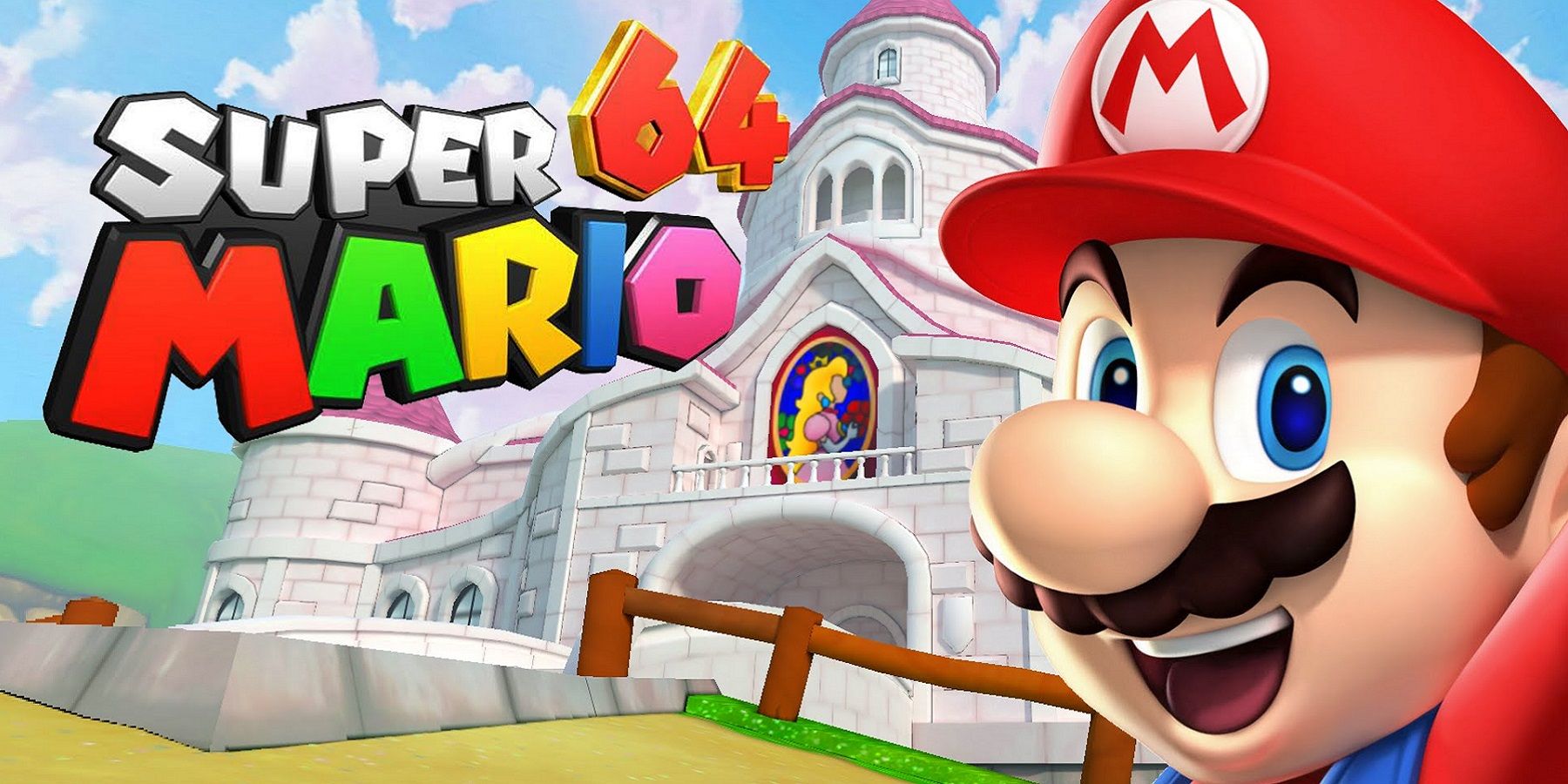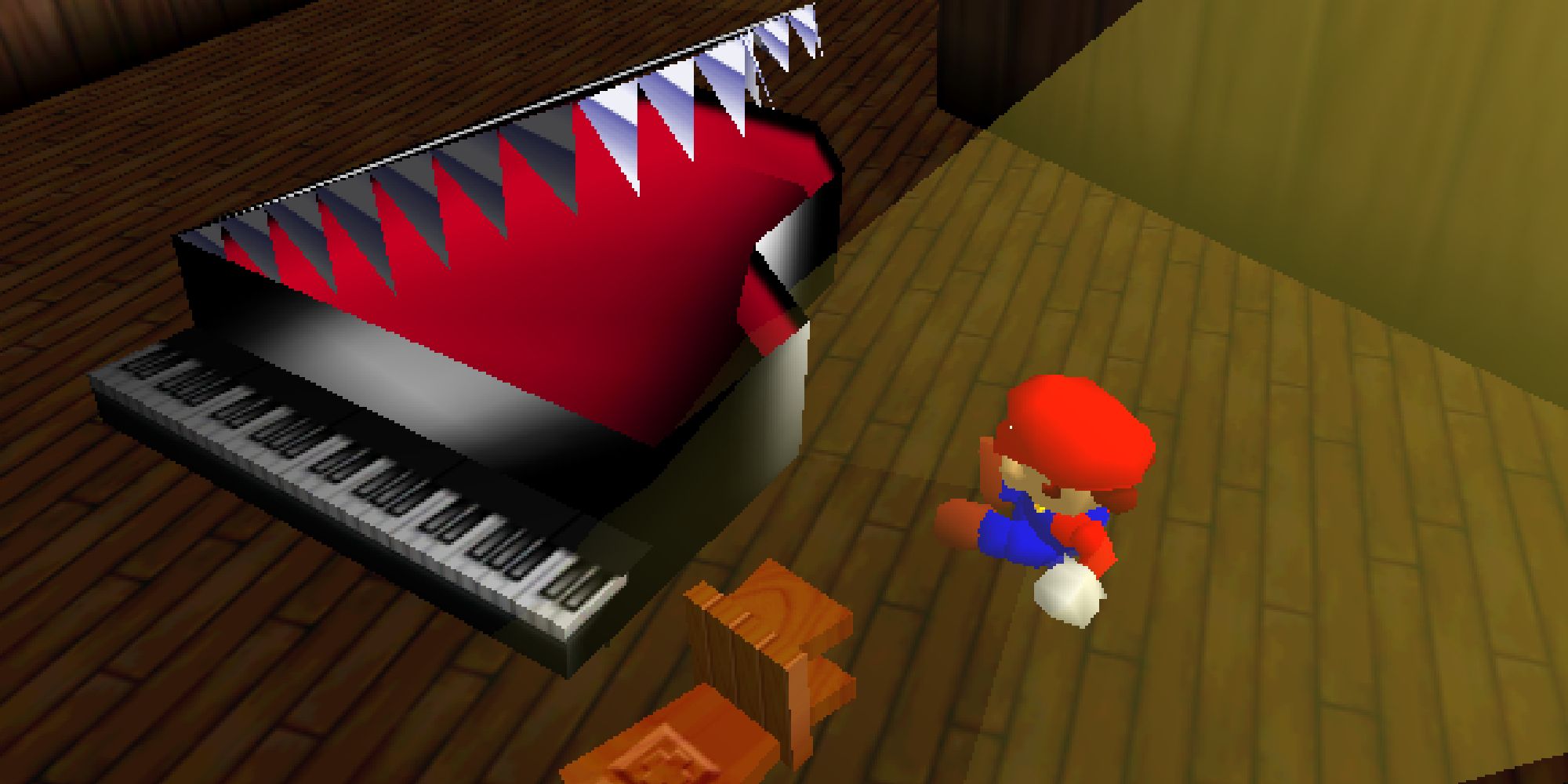Upon its release in 1996, Super Mario 64 was an instant phenomenon, wowing critics and captivating gamers with its revolutionary 3D platforming, nesting-doll world design, and stellar music. In hindsight, the sea changes Nintendo brought to the Mario series seem natural, but the jump from two dimensions to three was an enormous challenge that entailed a great deal of risk. Nintendo essentially had to stake the reputation of its most valuable IP, and the face of its company, on this new killer app.
Mechanically, Mario 64 holds up and speedrunners are still setting records with the game to this day. But it is difficult to overstate the tremendous influence the title had on the industry, because it not only showed game designers how to design for 3D properly, but taught players how to comfortably navigate immersive 3D worlds. One factor that helped gamers bridge that gap was its peerless use of sound.
Modernizing Mario
Many of Nintendo's famous franchises, like The Legend of Zelda, use sound to create an identity via consistency. From game-to-game, the jingles Link hears as he opens chests and solves puzzle transcend Hyrule's different iterations, establishing familiarity and cohesion throughout the franchise. But Mario has always been Nintendo's primary vehicle for radical reinvention, and that was especially true of the killer app that launched the Nintendo 64.
The tone of the game was still lighthearted and cartoony, but Mario's footsteps and jumps suddenly sounded realistic rather than explicitly video-gamey. Instead of springing noises, Mario accompanied his jumps with shouts and cries, which was a new way to approach immersion while still sounding spirited, child-like, and cheerful. Footfalls sounded different depending on the type of ground Mario was walking on, and his metal cap power-up provided a clanking stomp. Subtle touches like these introduced the entire gaming industry to a new degree of verisimilitude in audio feedback.
The Nintendo 64 did not have a dedicated sound chip like most prior consoles and its rivals, the Sony PlayStation and Sega Dreamcast. Rather, the system relied on the CPU's resources to process sounds. Consequently, most Nintendo 64 games feature sound files that are heavily compressed, with the console compensating via generous use of reverb.
Camera Control Cues
Just as Pac-Man's rhythmic barrage of sound effects help players achieve flow, Mario 64 featured specialized noises to help players navigate its new 3D world. For example, the game ascribed noises to camera controls that provide players with additional feedback. Camera controls were never an issue in 2D platformers, and Nintendo wisely determined that having a specific sound set for moving Lakitu (Mario's cloud-riding "camera man") independently of Mario himself would help fans adjust.
Mario's graduation to 3D introduced other changes to the series' long-established formula as well. The simplistic one-to-two hit health system that worked in 2D could have been too punishing for players' first outing in a 3D world, so Nintendo adopted a health meter similar to The Legend of Zelda's heart containers. To help players be mindful of their HP, Nintendo incorporated sound design lessons from that game into Mario 64's design. Though it can quickly become maddening, the health alarm sound helps players be more aware of their surroundings. In short, the SFX help teach players what to do.
Voicing an Icon
Giving Mario a voice, and recognizable voice lines, was perhaps the greatest risk Nintendo took with Super Mario 64. While Link is often cited as Nintendo's prototypical silent protagonist, Mario did not have audibly voiced lines prior to the release of Mario 64. A voice is no simple addition when a character has already attained global recognition and universal appeal. It is hard to imagine Mickey Mouse without hearing his voice, and now the same can be said of Mario, but finding the right approach was no easy feat.
While Link received 'lines' in Ocarina of Time, his voice work was limited to harsh battle cries, damage feedback, and other miscellaneous grunts. Mario, however, spoke recognizable words for the first time. For example, his greeting at the beginning of the game, "It'sa me, Mario!" is one of the most iconic voice lines in all video gaming. That said, Nintendo was still narratively conservative with Mario's silence. Even though he spouts catchphrases and jumps with glee, he never speaks in a narrative, preserving the supposedly universal relatability of a silent hero.
While many games kick off trends, or even invent new genres, few titles change the industry as drastically as Super Mario 64, and the game's sublime use of sound is one of many reasons it stands apart from the crowd.

